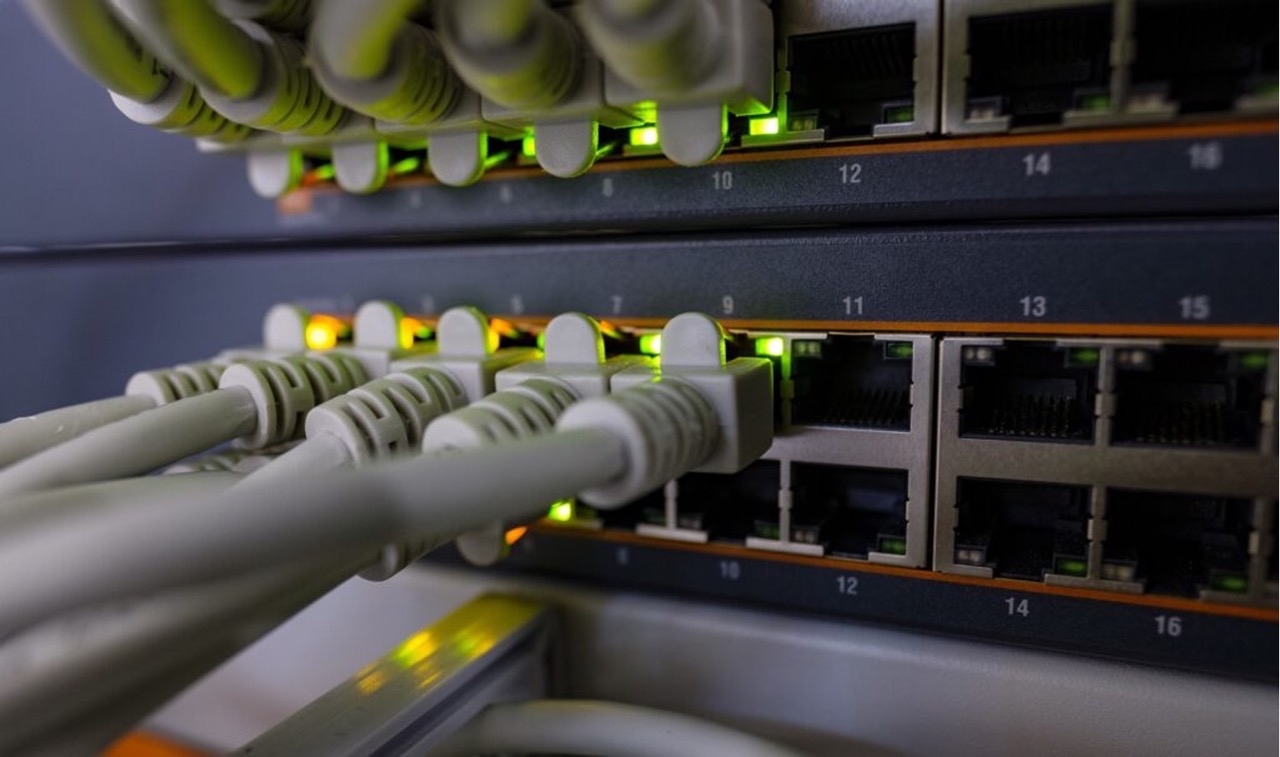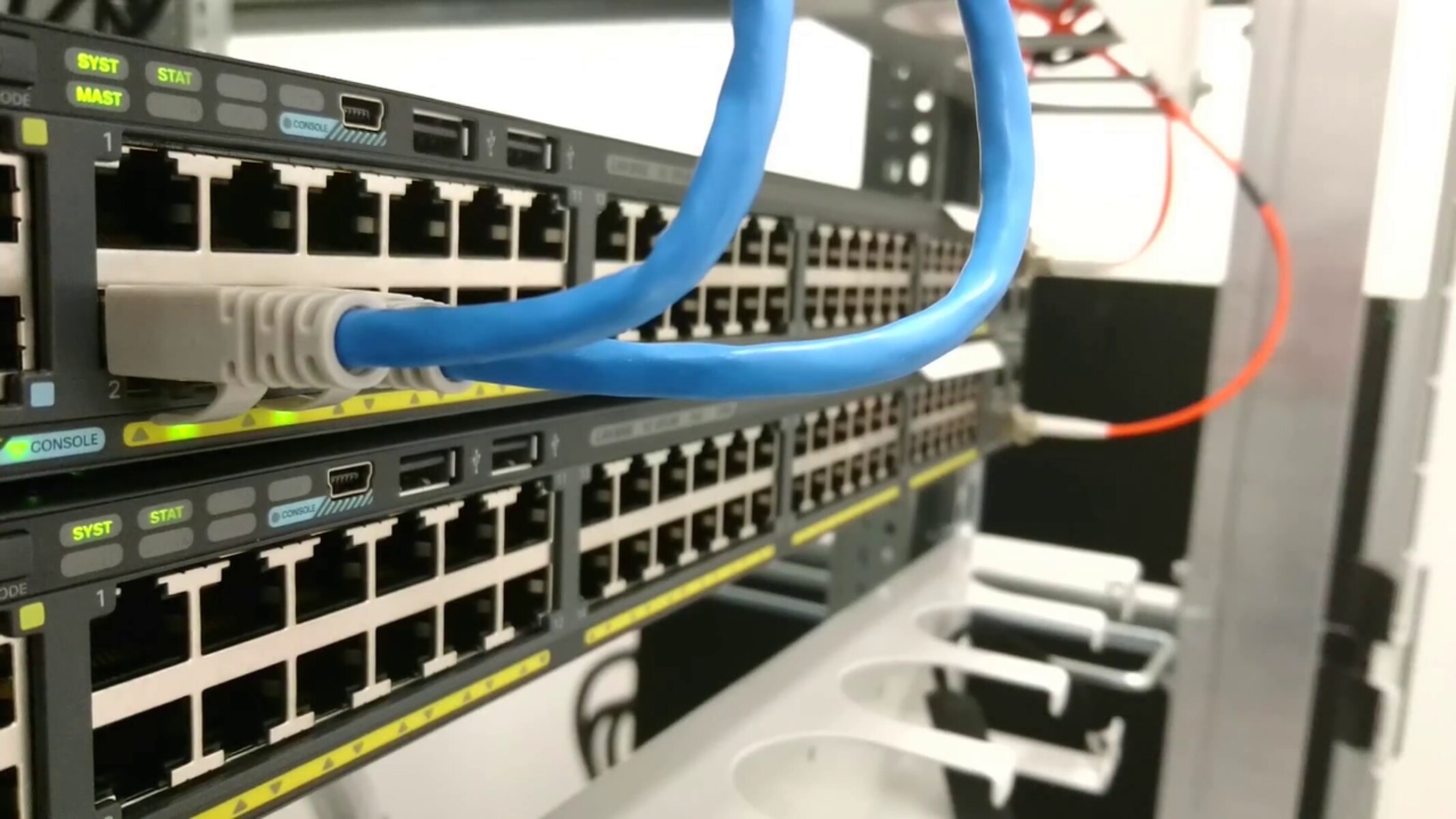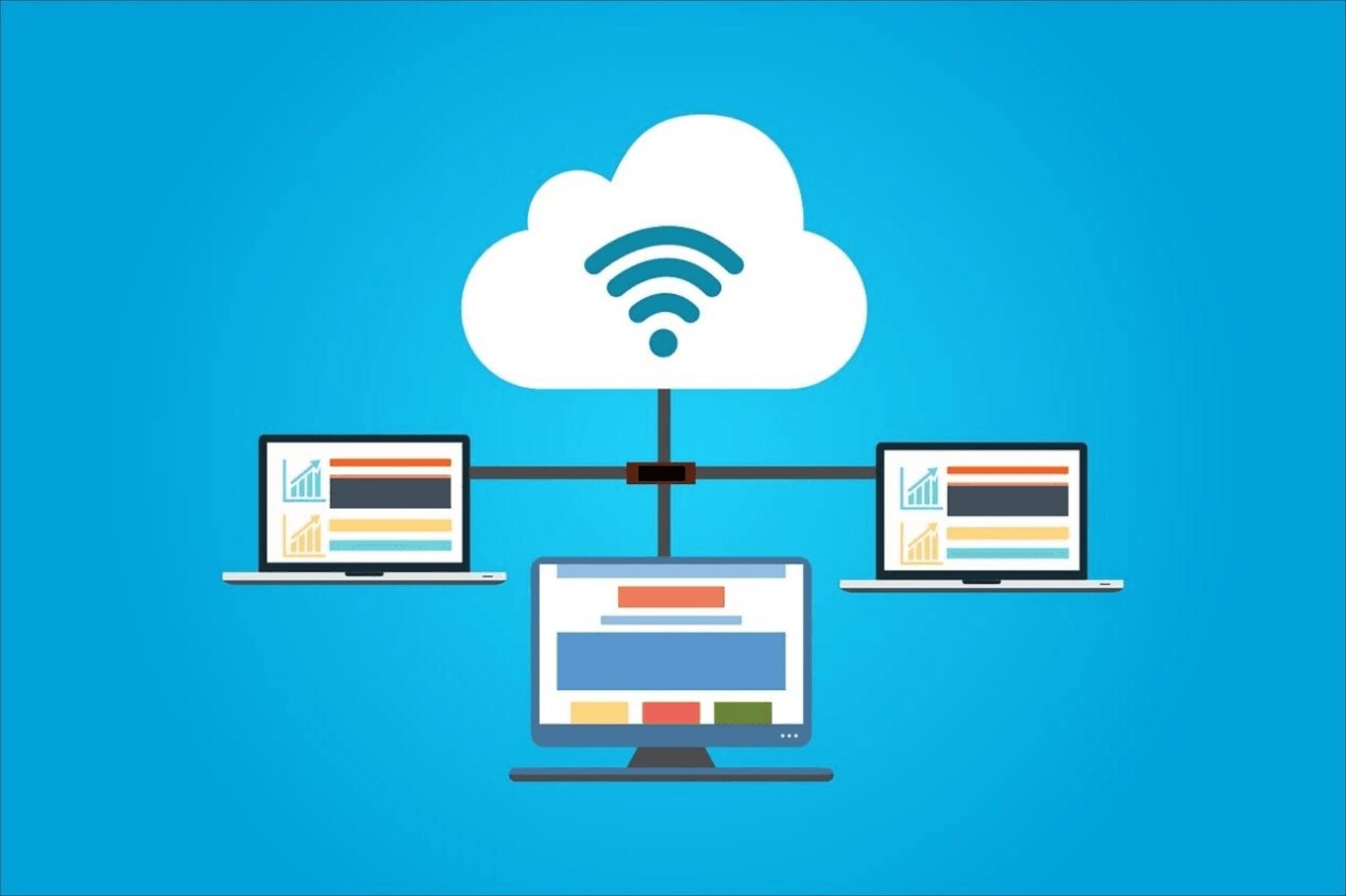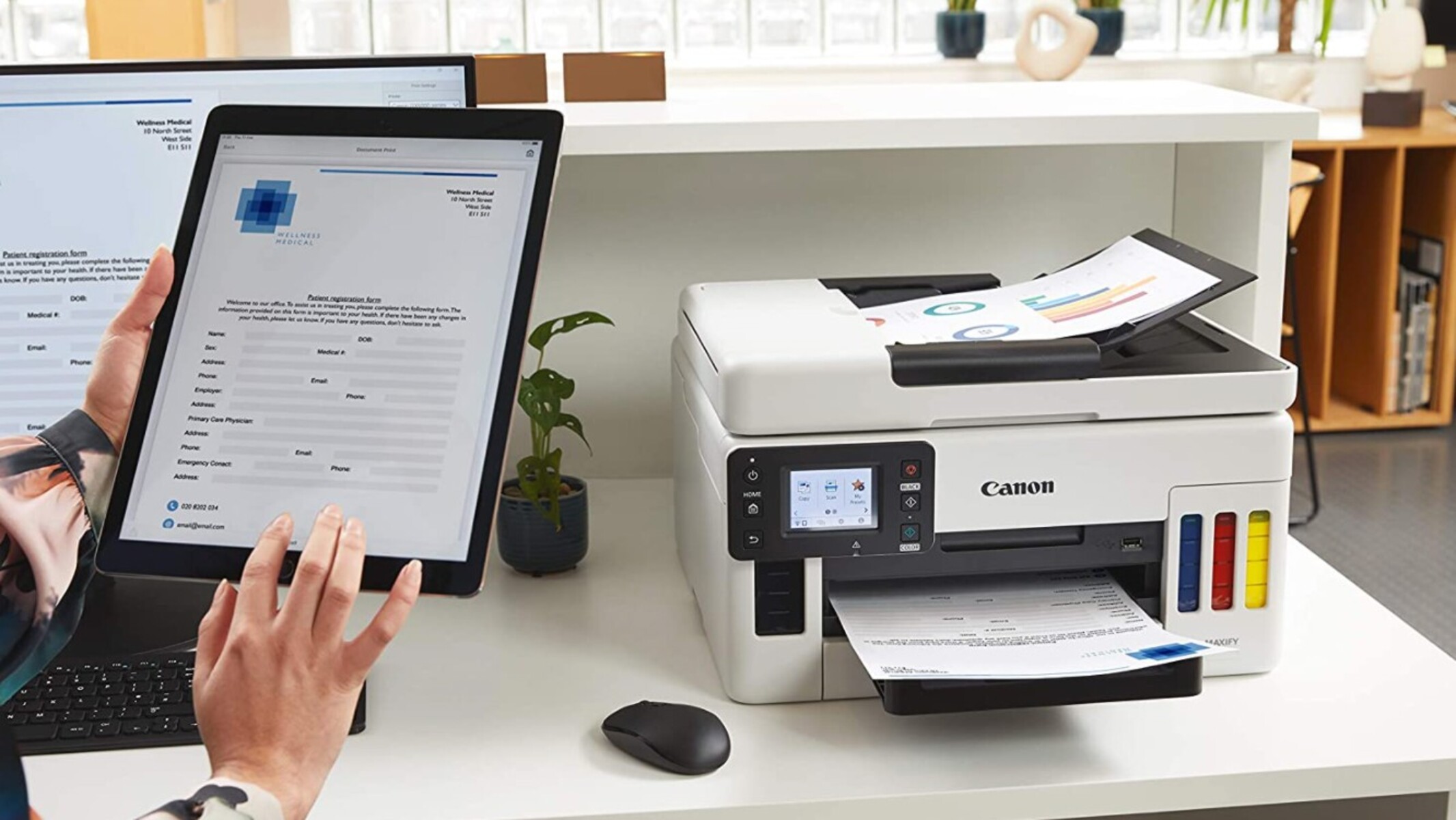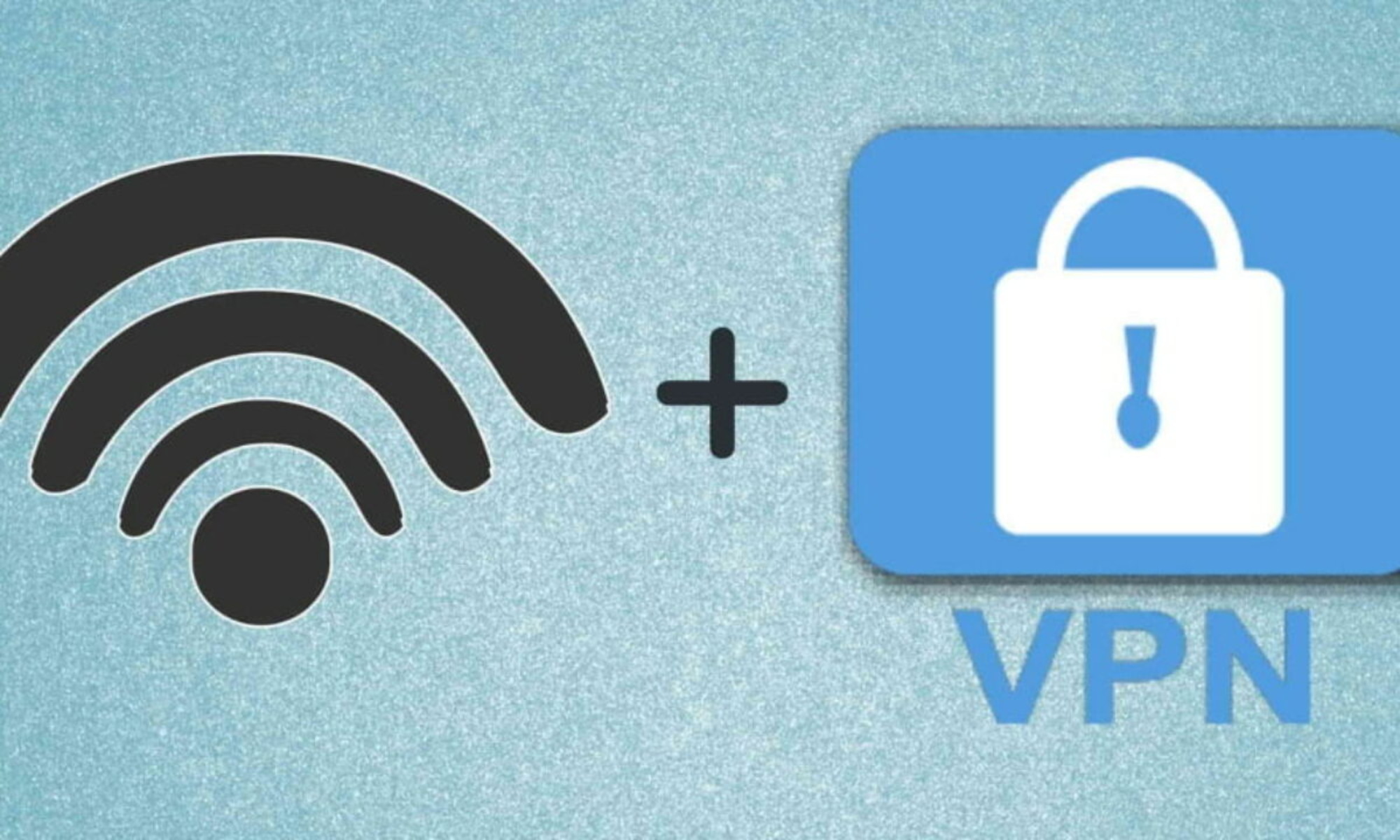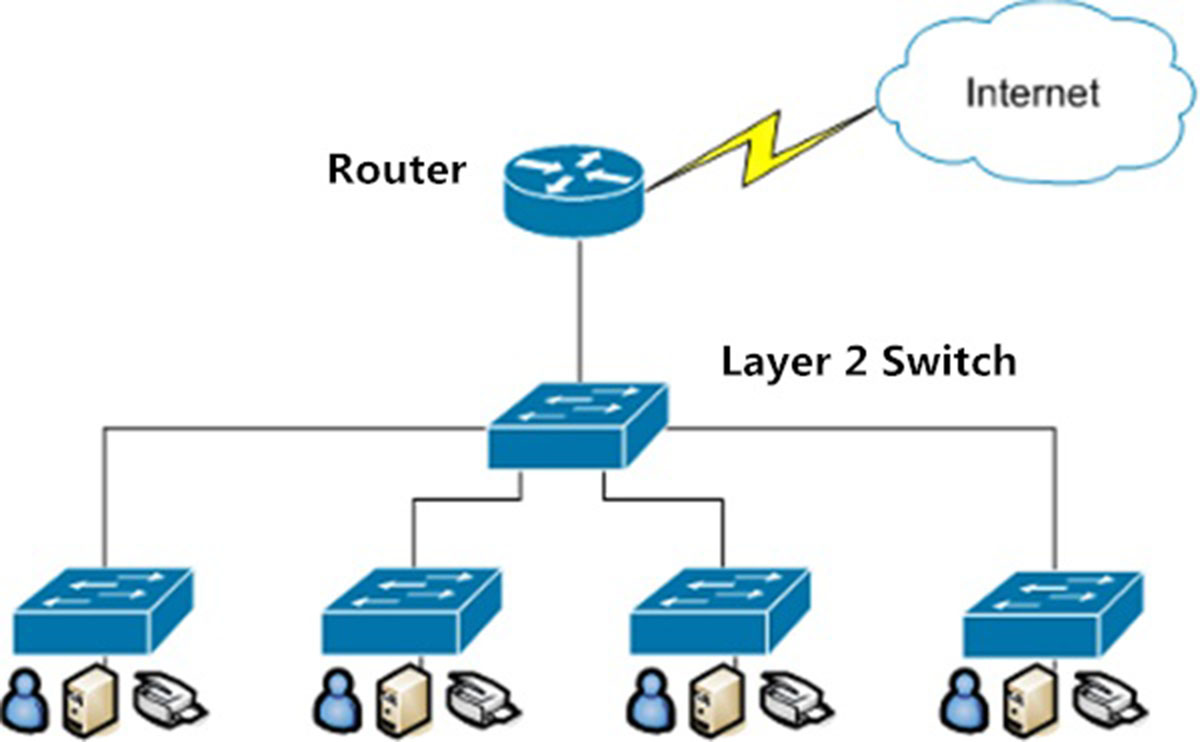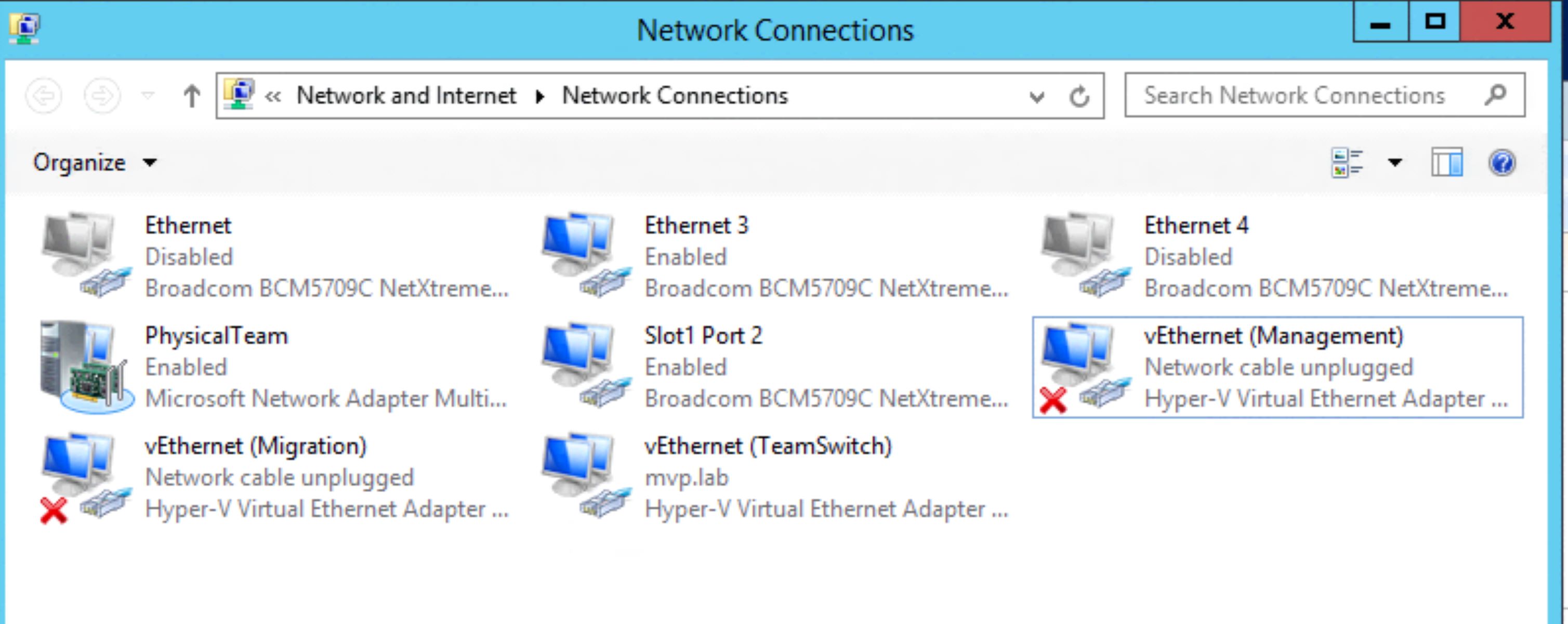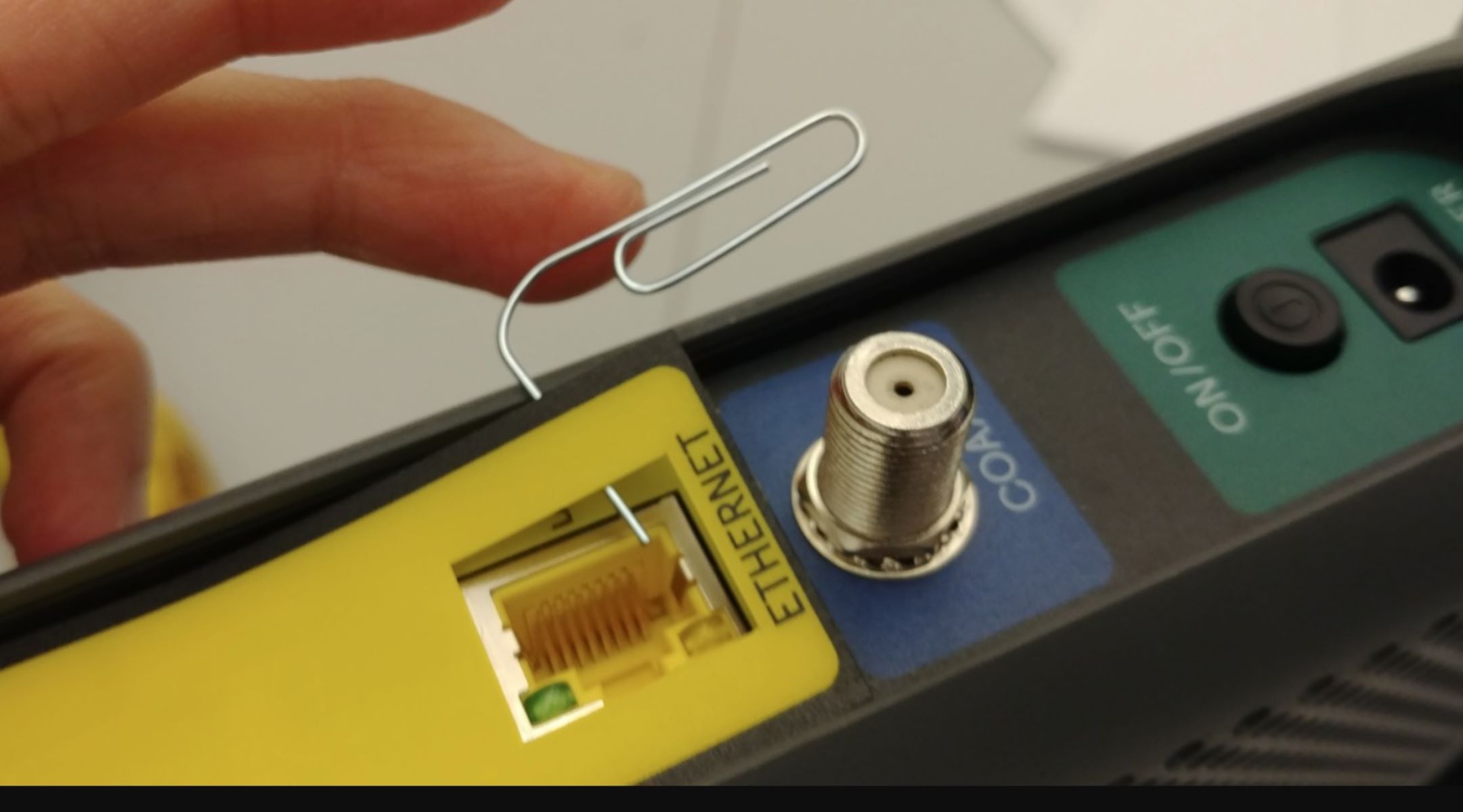Introduction
Understanding how to retrieve the IP address of a network switch is an essential skill for network administrators and IT professionals. Network switches are integral components of modern computer networks, facilitating efficient data transmission and connectivity among multiple devices. The IP address of a network switch is crucial for managing and troubleshooting network configurations, ensuring seamless communication between devices, and maintaining network security.
In the following sections, we will explore various methods to obtain the IP address of a network switch. From utilizing the command line interface (CLI) to employing network management software and checking the router's DHCP client list, there are multiple approaches to achieving this task. Each method offers its own set of advantages and considerations, providing flexibility for network administrators to choose the most suitable approach based on their specific network environment and requirements.
By familiarizing oneself with these methods, network administrators can streamline network maintenance, swiftly identify and resolve connectivity issues, and implement effective security measures to safeguard the integrity of the network infrastructure. Let's delve into the intricacies of retrieving the IP address of a network switch and equip ourselves with the knowledge and tools necessary to efficiently manage and optimize network operations.
Understanding Network Switches
Network switches are fundamental networking devices that play a pivotal role in the efficient and reliable transmission of data within a computer network. Unlike hubs, which indiscriminately broadcast data to all connected devices, switches intelligently route data to its intended destination, enhancing network performance and reducing congestion. These devices operate at the data link layer (Layer 2) of the OSI model, facilitating the transfer of data frames between devices based on their MAC addresses.
Modern network switches are equipped with multiple ports, allowing numerous devices to be interconnected within a local area network (LAN). Each port on the switch functions as an independent communication channel, enabling simultaneous data transmission between connected devices. Furthermore, switches can support various network speeds, ranging from traditional Ethernet (10 Mbps) and Fast Ethernet (100 Mbps) to Gigabit Ethernet (1 Gbps) and beyond, catering to the diverse bandwidth requirements of modern networks.
Managed switches offer advanced features such as VLAN (Virtual Local Area Network) support, Quality of Service (QoS) prioritization, port mirroring, and SNMP (Simple Network Management Protocol) integration, empowering network administrators with granular control over network traffic and device management. Additionally, the advent of Power over Ethernet (PoE) switches has revolutionized network deployments by enabling the simultaneous transmission of data and electrical power to PoE-compatible devices, such as IP cameras, wireless access points, and VoIP phones, over a single Ethernet cable.
Understanding the architecture and capabilities of network switches is crucial for effectively managing and optimizing network infrastructures. By comprehending the role of switches in facilitating seamless data transmission, network administrators can make informed decisions regarding network design, device connectivity, and performance optimization. Moreover, a profound understanding of network switches empowers administrators to troubleshoot connectivity issues, implement robust security measures, and adapt network configurations to meet evolving operational requirements.
Methods to Get IP Address of a Network Switch
Retrieving the IP address of a network switch is essential for effectively managing and maintaining network infrastructure. Network administrators can employ various methods to obtain this critical information, each offering distinct advantages and considerations based on the specific network environment and administrative preferences. Let’s explore three common methods for retrieving the IP address of a network switch:
- Using Command Line Interface (CLI): Many network switches support a command line interface (CLI) that allows administrators to access the switch’s configuration and retrieve its IP address. By connecting to the switch using a console cable or SSH (Secure Shell), administrators can log in and execute commands to display the switch’s IP configuration. Common commands include “show ip interface brief” and “show running-config,” which provide valuable information about the switch’s IP address and network settings.
- Using Network Management Software: Network management software, such as SolarWinds Network Configuration Manager, Cisco Prime Infrastructure, and ManageEngine OpManager, offers comprehensive tools for monitoring and managing network devices, including switches. These platforms often feature automated discovery and mapping functions that can identify and retrieve the IP addresses of network switches within the infrastructure, providing a centralized view of the network topology and device configurations.
- Checking the Router’s DHCP Client List: In scenarios where network switches obtain their IP addresses dynamically through DHCP (Dynamic Host Configuration Protocol), administrators can inspect the DHCP client list on the network’s router or DHCP server to identify the assigned IP addresses. By cross-referencing the MAC address of the switch with the DHCP client list, administrators can ascertain the IP address allocated to the switch, enabling them to configure and manage the device effectively.
Each method presents unique advantages and considerations, empowering network administrators with diverse approaches to retrieve the IP address of a network switch. Whether utilizing the command line interface for direct access, leveraging network management software for centralized monitoring, or inspecting the DHCP client list for dynamic address allocation, administrators can choose the most suitable method based on their network infrastructure and operational requirements.
Using Command Line Interface (CLI)
The command line interface (CLI) is a powerful tool for retrieving the IP address of a network switch, providing direct access to the switch’s configuration and networking parameters. By connecting to the switch using a console cable or through a secure shell (SSH) session, network administrators can execute commands to obtain essential information about the switch’s IP address and related configurations.
One of the primary commands used to retrieve the IP address of a network switch is “show ip interface brief.” By entering this command in the switch’s CLI, administrators can view a concise summary of the switch’s interfaces, including their IP addresses, status, and assigned VLANs. This valuable information enables administrators to quickly identify the IP address associated with a specific switch interface, facilitating network management and troubleshooting tasks.
Additionally, the “show running-config” command provides a comprehensive view of the switch’s current running configuration, including IP address assignments, subnet masks, default gateways, and other networking parameters. By analyzing the running configuration, administrators can verify the IP address settings and ensure that they align with the intended network design and operational requirements.
For switches that support IPv6, the “show ipv6 interface brief” command offers similar functionality to “show ip interface brief” but focuses on IPv6 addressing and interface status. This command is invaluable for administrators managing networks with IPv6 connectivity, allowing them to retrieve the IP addresses and status of IPv6-enabled interfaces on the switch.
Utilizing the CLI to retrieve the IP address of a network switch empowers administrators with granular control and visibility into the switch’s networking parameters. This method is particularly advantageous for administrators who prefer direct access to device configurations and desire a deeper understanding of the switch’s operational state. By leveraging the CLI’s capabilities, network administrators can efficiently retrieve the IP address of a network switch and gain insights into its networking configurations, facilitating effective network management and troubleshooting.
Using Network Management Software
Network management software provides a centralized and automated approach to retrieving the IP address of a network switch, offering comprehensive tools for monitoring, configuring, and managing network devices within a unified platform. By leveraging network management software, such as SolarWinds Network Configuration Manager, Cisco Prime Infrastructure, or ManageEngine OpManager, administrators can streamline the process of identifying and retrieving the IP addresses of network switches across the infrastructure.
One of the key features of network management software is automated device discovery, which enables the platform to actively scan the network, identify connected devices, and retrieve pertinent information, including IP addresses, device types, and configurations. This automated discovery process eliminates the need for manual intervention, providing administrators with an up-to-date inventory of network switches and their associated IP addresses.
Furthermore, network management software often includes network mapping capabilities, allowing administrators to visualize the network topology and device interconnections. By accessing the network map, administrators can easily locate network switches and retrieve their IP addresses within the context of the broader network infrastructure, facilitating efficient device management and troubleshooting.
In addition to device discovery and mapping, network management software typically offers detailed device inventory and configuration management features. Administrators can access comprehensive device profiles, view IP address assignments, and monitor configuration changes, ensuring that the IP addresses of network switches are accurately documented and managed within the software platform.
Moreover, network management software often integrates with network monitoring and alerting mechanisms, enabling administrators to receive notifications about IP address changes, connectivity issues, or configuration discrepancies related to network switches. This proactive approach to IP address management enhances network visibility and expedites the resolution of potential networking issues.
By utilizing network management software, administrators can streamline the retrieval and management of network switch IP addresses, benefiting from automated discovery, network mapping, device inventory, and proactive monitoring capabilities. This method offers a centralized, efficient, and comprehensive approach to IP address retrieval, empowering administrators to maintain accurate and up-to-date records of network switch configurations within a unified management platform.
Checking the Router’s DHCP Client List
Another method for retrieving the IP address of a network switch involves examining the DHCP client list on the network’s router or DHCP server. In environments where network switches obtain their IP addresses dynamically through DHCP (Dynamic Host Configuration Protocol), administrators can access the router’s DHCP client list to identify the assigned IP addresses and associated MAC addresses of network switches.
Upon accessing the router’s DHCP client list, administrators can review the active leases and associated client information, including IP addresses, MAC addresses, lease duration, and hostname or device identifier. By cross-referencing the MAC address of the network switch with the DHCP client list, administrators can quickly ascertain the IP address allocated to the switch by the DHCP server.
Many routers and DHCP servers provide user-friendly interfaces or command line tools for viewing the DHCP client list, simplifying the process of identifying the IP addresses of network switches within the network infrastructure. This method is particularly useful in scenarios where administrators need to verify the dynamically assigned IP addresses of switches and ensure that they align with the intended network configurations.
Furthermore, the DHCP client list offers valuable insights into the network’s IP address allocation, lease durations, and device connectivity, enabling administrators to maintain accurate records of IP address assignments and monitor the dynamic allocation of addresses to network switches over time.
By leveraging the router’s DHCP client list, administrators can efficiently retrieve the IP addresses of network switches and validate their DHCP-assigned configurations. This method provides a straightforward and centralized approach to IP address retrieval, complementing other methods such as CLI-based querying and network management software-based device discovery. It is particularly beneficial for administrators overseeing networks with dynamic IP address assignments and seeking to ensure the accurate allocation and management of IP addresses for network switches.
Conclusion
Retrieving the IP address of a network switch is a fundamental task for network administrators and IT professionals, essential for effective network management and troubleshooting. By employing diverse methods such as utilizing the command line interface (CLI), leveraging network management software, and checking the router’s DHCP client list, administrators can efficiently obtain the IP addresses of network switches, empowering them to maintain accurate records, troubleshoot connectivity issues, and optimize network configurations.
Understanding the intricacies of network switches and their operational characteristics is paramount for network administrators seeking to streamline network maintenance and ensure seamless data transmission within their infrastructures. Network switches play a pivotal role in facilitating efficient data routing, reducing network congestion, and supporting diverse network speeds and technologies, making the retrieval of their IP addresses a critical aspect of network management.
Each method for retrieving the IP address of a network switch offers unique advantages and considerations, catering to diverse network environments and administrative preferences. The command line interface (CLI) provides direct access to switch configurations, network management software offers centralized monitoring and automated discovery, and checking the router’s DHCP client list facilitates the validation of dynamically assigned IP addresses. By leveraging these methods, administrators can effectively manage and optimize their network infrastructures, ensuring seamless communication and robust security measures.
As technology continues to advance and networking environments evolve, the ability to retrieve the IP addresses of network switches remains a foundational skill for network administrators. By staying informed about emerging networking technologies, best practices for network management, and the latest tools and methodologies for IP address retrieval, administrators can adapt to the dynamic landscape of network operations and maintain resilient and efficient network infrastructures.
Equipped with a comprehensive understanding of network switches and the methods for retrieving their IP addresses, network administrators are poised to navigate the complexities of modern networking, implement proactive network management strategies, and address the evolving connectivity requirements of diverse network environments.







